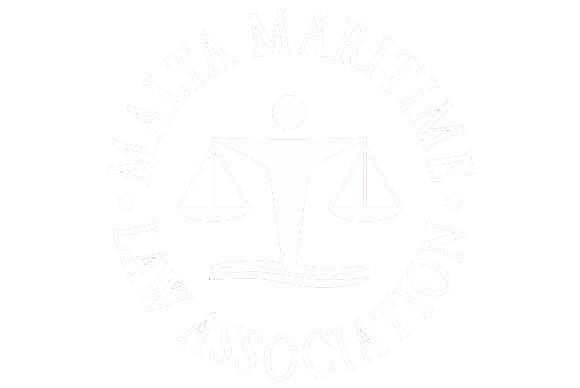There is no legal right for anyone to object to road markings on the ground that one wants to park precisely in front of the one’s home. This was held in a judgement delivered by the Administrative Review Tribunal on 18 December 2020 in Joseph Borg -v- Awtorita’ għat-Trasport f’Malta u Kunsill Lokali, Żebbuġ. In his application Borg explained that he works in the construction industry and has a number of heavy vehicles. He parks these vehicles in a garage under his residence. The road where he lives is narrow and therefore requires that no other vehicles park at the side of his garage in order for him to go in and out of this garage.
In 2013 the Ħaz-Żebbuġ Local Council and Transport Malta allowed that a 3.25-metre double yellow lines be painted at one side of the garage, however a few months ago the road was reconstructed. When the authorities came to paint the street signs the first replaced exactly how they were before, however, workers later came to remove parts of the double yellow lines. When Borg enquired with the Local Council, why this took place, he was informed that the Council was ordered by Transport Malta. Borg asked the Tribunal to declare their decision to removed the double yellow lines as contrary to the Administrative Justice Act.
Transport Malta filed a statement of defence arguing that the Administrative Justice Act is not applicable, and that Borg is not authorised to make use of the garage to park heavy vehicles. The Ħaż-Żebbuġ Local Council did not reply to the action. The Tribunal, presided by Magistrate Dr Charmaine Galea analysed the evidence. Borg testified that he has been using the garage for his trucks for the past 34 years, ever since he built his house.
In 2012, he has spoken to the Ħaż-Żebbuġ Local Council for them to paint double yellow lines for cars not to park at the side of the garage. He explained it is impossible for him to go out and go in the garage with trucks, if cars are parked at the side. In 2013, his request was granted and they painted double yellow lines 3.25 meters at one side of the garage. When the road was reconstructed, the road became narrower because they increased the pavements. The double yellow lines were removed. The Local Council explained to the Tribunal that before the road was reconstructed, they had taken photos with the intention to repaint them after the works were ready.
In fact, they were repainted, but at first they removed the markings by a few inches, but Transport Malta (TM) ordered the Council to remove them completely and leave one meter on either side. This was confirmed by a representative of TM. TM also confirmed that in 2013 allowed the Council to paint the markings. After the reconstruction, TM received a complaint from a third party concerning the double yellow lines, which resulted in the order to the Local Council to remove the markings.
The Tribunal held that TM’s decision of July 2019 in order to remove the road markings at the side of Borg’s garage does not reflect the decision taken in 2013, when TM allowed these markings. The Tribunal held that it understood that TM tried to take into account the interests of all the residents in that zone and the 3.25 meters overlapped on the garage of Borg’s next-door neighbour
However, the evidence showed that if the next-door neighbour wished to park in front of his garage, he can do so easily, because there is enough space. The Tribunal pointed out that the road is a public and there is no right for one to park exactly in front of one’s residence. There is no evidence to show that the 3.25m road markings caused prejudice to third parties. The third party wanted to have free access to his garage, but not the same for Borg to manoeuver his trucks. TM therefore, when deciding to remove the road markings took in consideration facts which were irrelevant and therefore, was prejudicial to Borg. Whether Borg has permits or not are irrelevant, because the TM reversed its 2013 decision because of a single complaint.
The Tribunal held that the removal of the 3.25m of double yellow lines as erroneous and were taken on subject considerations. The Local Council is not to blame because it was forced to follow TM’s decision. The Council had all intention to replace the road marking after the completion of the road works. The Tribunal explained it only has the power to annul decisions and cannot order the road marking to be placed, but hoped that the public authorities take heed to the reasoning of the Tribunal. The Tribunal then moved to annul the decision taken by TM.
Av Malcolm Mifsud
Partner
Mifsud & Mifsud Advocates
This article is available on MaltaToday.
For more information you can contact one of our Team Members at Mifsud & Mifsud Advocates.











